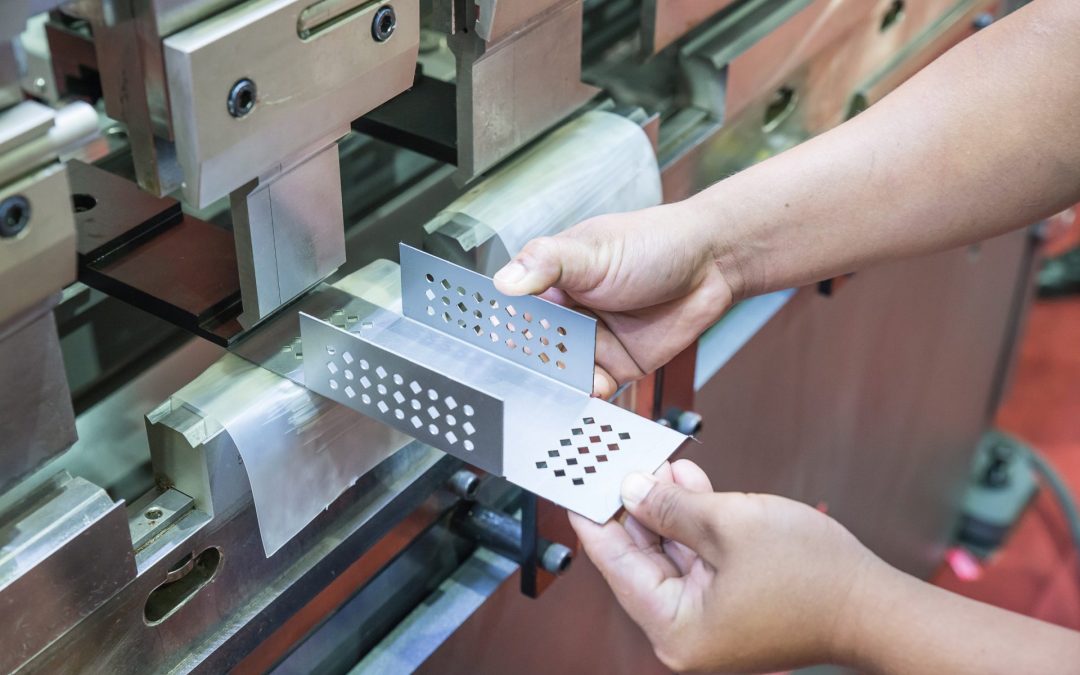Sheet metal fabrication is a manufacturing process includes bending, punching and cutting, which we can carry out in sequence to create complex functional parts with multiple features.
Below are some tips that help you reduce cost when using sheet metal fabrication.
-
Choose the right materials
You already have a idea and a roadmap of bringing your design from prototype to actual product. But first you need to choose what materials are suitable for your design. Here at Proto Expedited, we offer a variety of choices of material like aluminum, steel, stainless steel, etc. There’re several factors that you should consider, but the most important one is “what’s you design used for?” In many cases, it is possible to substitute an industrial-grade stainless steel with a more cost-effective aluminum without compromising the integrity of the part.
-
Loose the tolerance
Most of sheet metal parts have bends, holes, slots and other features. Some of these features is functional critical, while others may are not. It’s highly important that distinguish between critical and non-critical features when design sheet metal parts. Designers should use tight tolerances if a lack of accuracy would seriously compromise the part. Try to use loose tolerances when the part you design is also working under loose tolerances which can also reduce the cost. Just remember only use tight tolerances where absolutely necessary.
-
Use Simple and Uniform Bending
Most sheet metal parts have at least one bend. Different number and type of bends on the sheet metal part can cause different costs. It’s also important that you should make your bends simple and uniform to make cost-effective custom sheet metal parts. Avoiding small bends on thick sheets is the first trick to maintain their form over time instead of a short time, the second trick is to design a bending radius no smaller than the thickness of the material. Remember that multiple bend with different angles will increase your costs, you should maintain the uniform bend angles on your parts to reduce costs.
-
Choose a standard gauge
Please try not to design parts that require nonstandard sheet metal gauges! Doing so will add a dramatic cost burden to your project that may be entirely avoidable. You may be over budget if you insist on using nonstandard sheet metal gauges for your custom sheet metal parts, although this is totally avoidable. You should design parts that utilize common thickness if possible. Furthermore, lower gauges are easier to manipulate, because thinner metal is more pliable and cuttable. Unless the high level of strength of your part is necessary, otherwise thinner sheet metal is always the right choice.


Recent Comments